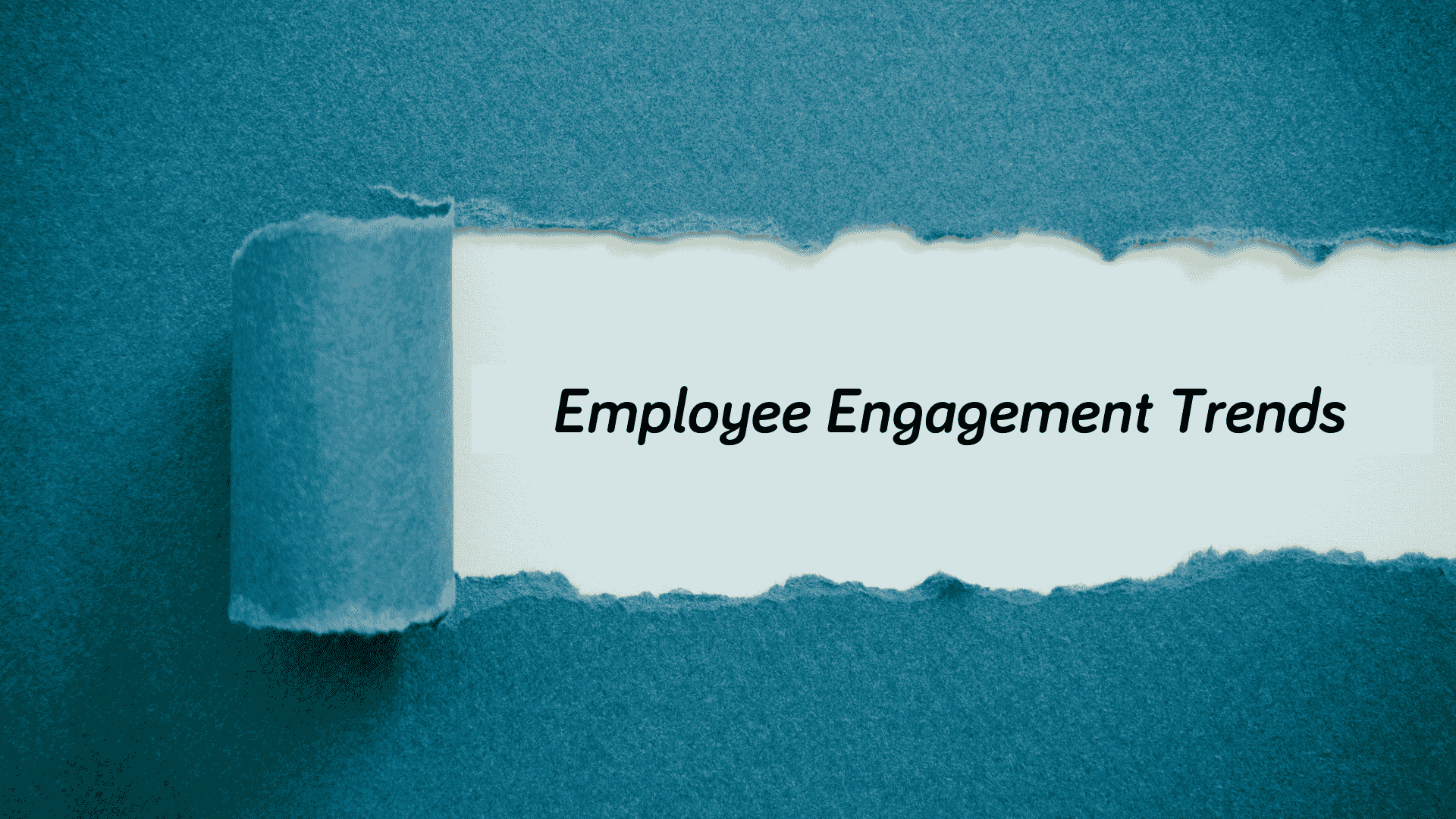Drivers Feeling Impact of IR35
November 26, 2021Categorised in: Laws & Regulations, News
Evidence that lorry and delivery drivers are being caught inside of IR35 rules is growing.
“We’ve been working closely with a number of haulage and logistics businesses confused by the off-payroll IR35 working rules that changed in April to include private sector organisations and how some individuals pay tax,” says our CEO, David McCormack.
“The evidence is clear – many classifications of drivers are most certainly caught ‘inside of IR35’ and will therefore have to pay PAYE,” he says.
Since April, drivers working in the transport sector - whether as a lorry driver, delivery driver or courier - and the organisations hiring them, have had to determine their employment status. “This covers the haulier or business engaging the workers, as well as the recruitment businesses providing the worker to the company,” David says.
HMRC recently updated its employment status manual, as David explains: “HMRC made the changes to employment status around the time of the Budget, and some employers may have simply missed this important move. These changes make it clear that HMRC’s opinion on the status of drivers applies to all transport providers and commercial vehicles – not just hauliers and lorries – as well as drivers of commercial vehicles that carry goods, passengers or livestock, and who only provide their labour, and drive vehicles owned, maintained, and insured by contractors – who are likely to be classified as an employee and therefore definitely fall inside of the IR35 rules.
“This means PAYE is due on their earnings and must be deducted before any payment is made by the contractor to the driver.
“It is different for individuals classified by HMRC as an ‘owner-driver’ and includes those that own or lease the vehicle they supply. HMRC guidance explains these drivers are more likely to be classified as self-employed for tax purposes, and therefore outside of the IR35 off payroll working rules.
“Drivers who provide the vehicle are likely to be self-employed even if they work mainly for one business,” he adds. “This contradicts the examples provided for the SDC rules so businesses should be careful if they have self-employed drivers who don't provide their own vehicle as HMRC may well challenge their employment status position,” David says.
The private sector IR35 reform is not only an added issue for the transport sector, it is also fuelling the shortage of HGV drivers: “The Road Haulage Association has estimated the driver shortage to be as high as 100,000,” says David, “and that the new IR35 payroll rules are one of five factors – including Brexit and Covid - that have worsened the driver shortage initially predicated at 60,000, but now at ‘crisis point’.
“Businesses in the transport sector – as well as warehousing, storage, distribution and retail in particular – remain confused by IR35. More and more transport businesses and the recruitment agencies supplying HGV drivers and other workers, are coming to us for help to understand the rules, and make the changes to their payroll systems to ensure their company is compliant, or risk facing a huge fine,” says David. “We help them determine if drivers do fall inside of IR35, and to develop a PAYE payroll solution utilising our IR35 compliant service and expertise.”




